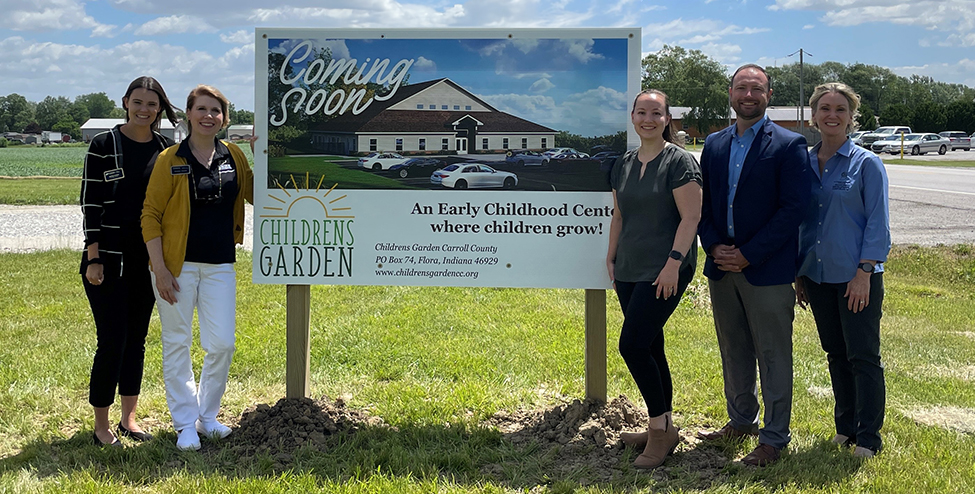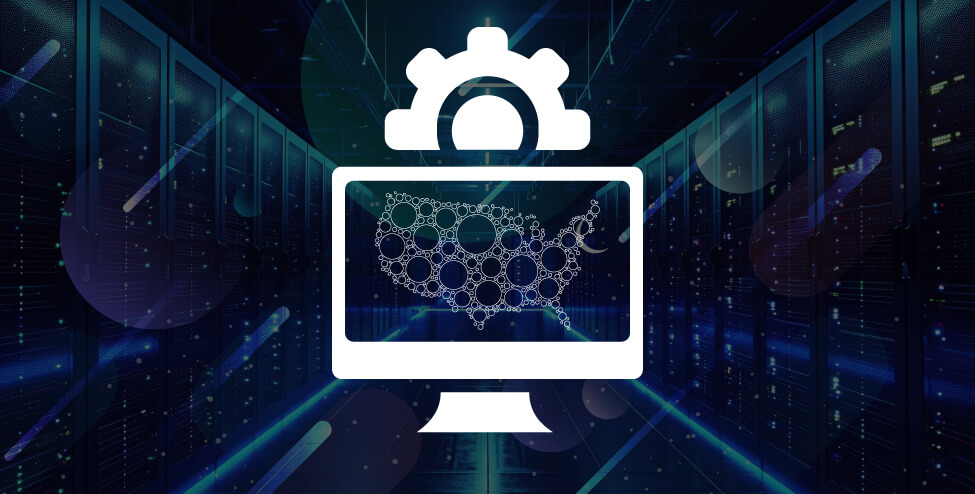Digital Inclusion Continues Beyond Digital Inclusion Week

To continue the momentum of Digital Inclusion Week, we wanted to dig a little deeper on how to continue to move forward. Digital Inclusion has been a priority for the Purdue Center for Regional Development (PCRD) for several years. To help spread awareness of digital inclusion, it may help to answer some questions about digital inclusion. What is digital inclusion? How does it impact you and your community? Why is digital inclusion important? Hopefully, by the end of this blog some of these questions will be answered and you will want to become a champion of digital inclusion in your community!
Let’s start with what is digital inclusion. You likely see (and possibly use) the word “digital” in a number of ways and that is because we are living in what researchers call the digital age. The digital age is exponential as innovation accelerates and information is shared faster than ever before. Entire books have been written just trying to define the digital age. “Inclusion” is a buzzword many of us have heard and used before. For digital inclusion, we are seeking to make sure people are included in the digital age. In other words, digital inclusion “refers to the adoption of broadband technologies and its meaningful use for social and economic benefits.” (Community Developments Investments Magazine, November 2018).
PCRD Director Roberto Gallardo is quick to warn communities that digital exclusion, the opposite and evil twin to digital inclusion, is the number one threat to community and economic development. Why is that? The gap between those included in the digital age and those excluded is called the digital divide. The digital divide comes in many forms as researches continue to identify gaps.
What are some of the common gaps in Indiana communities? Let’s start with the obvious: access. You can’t take part in the digital age if you can’t access the internet. Expanding broadband infrastructure to include more people is a hot topic right now, but access goes beyond infrastructure. It also includes devices. Devices are important because you can’t access the internet with just a connection. You need a device (phone, laptop, tablet, desktop, etc.) to complete your tasks.
Beyond having a device and infrastructure, the next question is how conducive is your device and the access you have to what you need to do. For example, you can check email, but can your connection handle the educational course needed to get a promotion at work? Have you ever tried writing a midterm paper on a mobile phone? It’s not easy and all these factors impact what people do online and any benefits that come as a result.
Another gap communities face is in digital skills, which is a very broad topic. It can be as basic as knowing how to use a mouse or open an internet browser. As the digital age grows and more applications are developed, there will be more digital skills to learn. These skills could make or break your candidacy for that new job or determine whether your small business thrives in the digital age. As more information is available online, digital literacy becomes more important. Digital literacy is one’s ability to understand and use digital information. Such as how to tell whether that news article is reliable or if that tweet was serious or sarcastic.
Finally, let’s talk about mindset. People’s thoughts, beliefs, and opinions about digital technology influences their place in the digital divide. Those who think technology is just for leisure or a waste of time won’t be able to access all the potential benefits. What device a person uses, what and if they subscribe to home internet, and which digital skills they develop all depend on a person’s mindset and the mindset of those around them. To cultivate a digital inclusive community, the residents have to see the benefits of being a part of the digital age.
Why would you want to have a digitally inclusive community? The digital age is all around us and working its way into more aspects of our everyday lives. Digital technology is a tool that seeks to make things easier, faster, more convenient, or better. It allows businesses to reach customers who are far away. Families can stay in touch better than ever before. Households can access their banking and investments online and make more timely and informed financial decisions. Continued education does not require proximity to an institution. The possibilities of digital technology seem endless, but more important are the opportunities that come with these possibilities. It is these opportunities that communities want to jump on to expand the benefits their residents receive.
The benefits that come from digital technology depends on infrastructure access, device ownership, and digital skills. What can communities do to lessen the digital divide locally? Indiana communities are adopting a variety of strategies to address the digital divide and PCRD has many programs and tools to help. The first step is understanding the unique needs of your community. Explore what issues are present in your community. Ask those directly affected what would be the most helpful. For example, expanding home access will not help if affordability or device ownership is preventing a household from subscribing to the internet. Communities need to first understand what needs are present in their community.
It is also important to understand what is currently happening in the community to address these issues. For example, many public libraries have hotspot lending programs to help with access issues. Many schools provide students with devices to complete their schoolwork. It’s important to not only understand what the needs are and who the audience is, but what’s already being done. Working together can help leverage more resources or identify additional issues as they arise.
Once you understand digital exclusion in your community, digital inclusion can take many forms. Digital inclusion could be workforce development as you offer courses to improve the digital skills most sought after by local employers. Digital inclusion can be economic development through expanding the online presence of small businesses. Digital inclusion can be community development as you make sure all residents are able to access online information and discussions about the next local festival, road closures, or traffic delays. There are many ways to address the digital exclusion happening in your community. But it will take a community of people to achieve digital inclusion. There are many economic and social benefits to working toward digital inclusion. But it starts with a local champion starting the conversation. Will you be that champion?
línie závisí od typu erektilnej dysfunkcie. U mladých mužov je najčastejšia psychická impotencia. Lieči sa psychoterapiou lekarenjedna.com, antidepresívami, anxiolytikami (zmierňujú úzkosť). Ak je príčinou únava, je potrebné zlepšiť celkový zdravotný stav, zvýšiť pracovnú schopnosť, normalizovať hmotnosť atď.

Cheyanne Geideman is a Senior Engagement Specialist at the Purdue Center for Regional Development. She holds a B.S. in Visual Communications Design from Purdue University... read more




